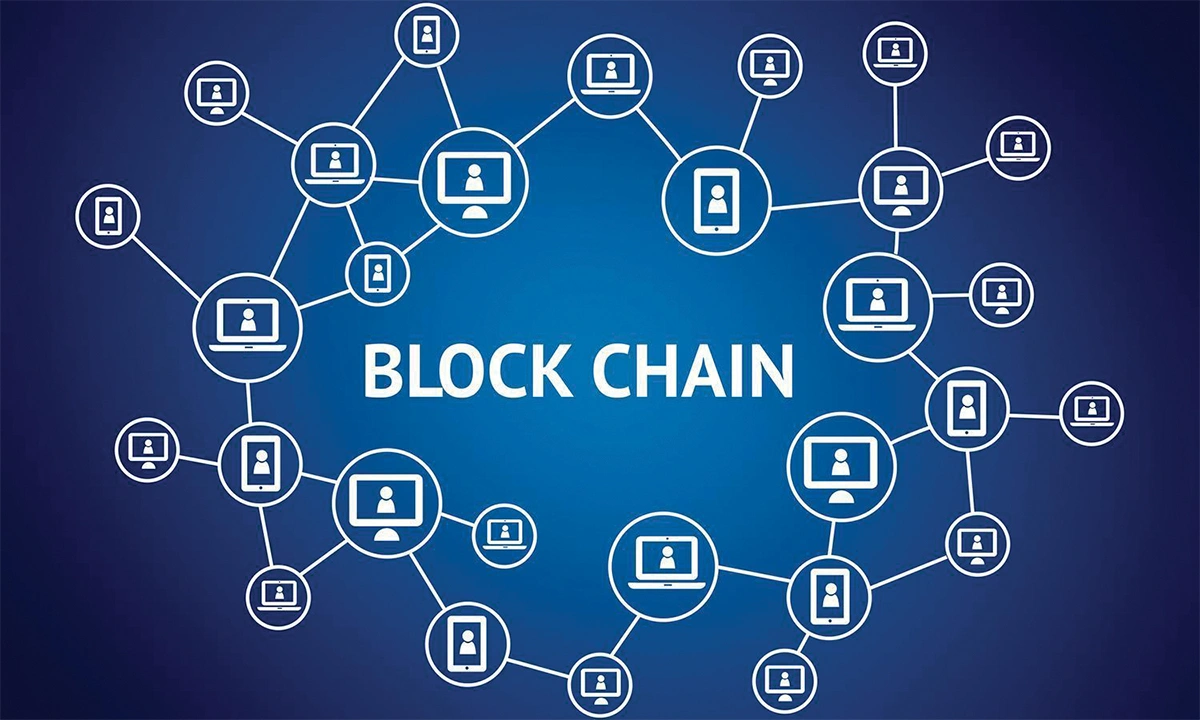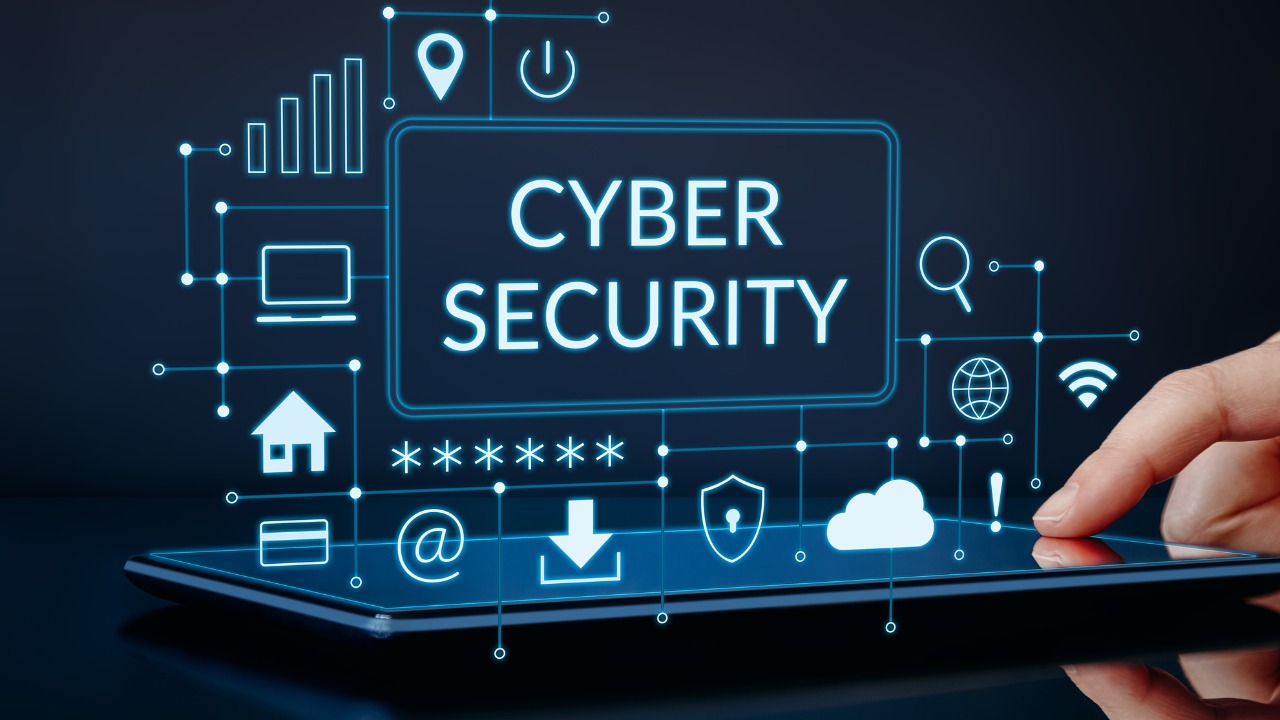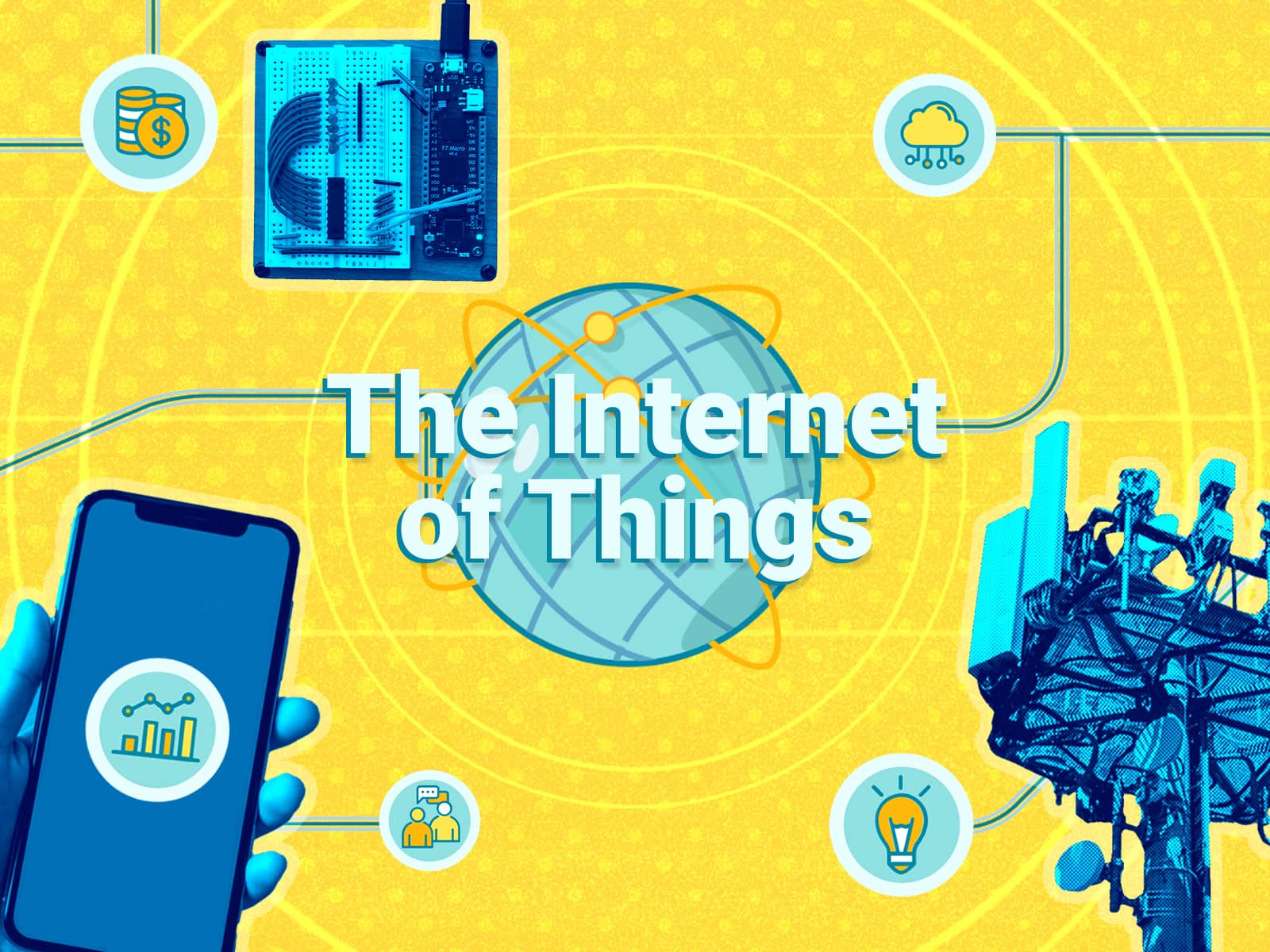Blockchain technology has the potential to revolutionize the way personal information and identity data is managed. By its very nature, blockchain is secure, decentralized, and transparent, making it an ideal platform for storing sensitive information.
In a traditional centralized system, personal information is often stored in a central database that is vulnerable to hacking, theft, and corruption. With blockchain, data is stored across a network of nodes that are spread out across the globe, making it much more difficult for a single entity to access or manipulate the data.
In a traditional centralized system, personal information and identity data is stored in a single database that is managed by a single entity or organization. This centralization of data makes it vulnerable to a range of security threats, including hacking, theft, and corruption.
Hacking is a significant concern in centralized systems. A single point of failure in a centralized database makes it easy for cybercriminals to gain access to sensitive information. This is because all the data is stored in one place, making it an attractive target for attackers. Even a small breach can result in the loss of large amounts of personal information and sensitive data, which can have serious consequences for individuals and organizations alike.
Theft is another concern in centralized systems. Personal information and identity data is often highly valuable, making it a target for thieves. This data can be used for a range of malicious activities, including identity theft and fraud. Centralized databases are vulnerable to theft because all the data is stored in one place, making it easy for thieves to gain access to sensitive information.
Corruption is also a major concern in centralized systems. In a centralized system, there is a single entity or organization responsible for managing the data. This central authority has the power to alter, manipulate or delete data at will. If the central authority is corrupt or has ulterior motives, it can use its power to manipulate or corrupt the data, which can have serious consequences for individuals and organizations alike.
To mitigate these risks, blockchain technology offers a secure, decentralized platform for managing personal information and identity data. In a blockchain network, data is stored across a network of nodes that are spread out across the globe, making it much more difficult for a single entity to access or manipulate the data.
In a blockchain network, each node has a copy of the entire ledger, making it much more difficult for a single entity to modify the data. If a node tries to modify the data, the changes will be rejected by the other nodes in the network, ensuring that the data remains consistent and accurate. This decentralized structure makes it much more difficult for cybercriminals to gain access to sensitive information and makes it much harder for the data to be stolen or corrupted.
Another advantage of using blockchain to manage personal information is the transparency it provides. Each transaction in a blockchain network is recorded in a public ledger that is accessible to all nodes on the network. This means that users can easily see who has access to their personal information and track its use.
Transparency is a key advantage of using blockchain to manage personal information. In traditional centralized systems, it can be difficult for individuals to know who has access to their personal information and how it is being used. This lack of transparency can create a number of risks, including data breaches and identity theft.
However, in a blockchain network, each transaction is recorded in a public ledger that is accessible to all nodes on the network. This level of transparency makes it much easier for individuals to track who has access to their personal information and how it is being used. For example, if a user wants to know who has accessed their medical records, they can simply look at the public ledger to see who has made transactions with their data.
This level of transparency also makes it much harder for malicious actors to manipulate or steal personal information, as their actions are visible to everyone on the network. In a traditional centralized system, a cybercriminal could potentially access and manipulate personal information without anyone knowing. However, in a blockchain network, each transaction is recorded in the public ledger, making it much more difficult for cybercriminals to carry out such actions without being detected.
In addition, transparency in blockchain networks can also help to build trust between individuals and organizations. In traditional centralized systems, individuals often have to trust that organizations will use their personal information in a responsible manner. However, with blockchain, individuals can see exactly how their personal information is being used, making it much easier to build trust.
For example, in a healthcare setting, patients can see exactly who has access to their medical records and how the information is being used. This level of transparency can help to build trust between patients and healthcare providers, as patients can be confident that their medical information is being used appropriately.
Furthermore, transparency in blockchain networks can also help to prevent fraud. In traditional centralized systems, it can be difficult to track and detect fraud, as all the data is stored in a single database. However, in a blockchain network, each transaction is recorded in the public ledger, making it much easier to detect fraud and prevent it from happening in the first place.
For example, in a supply chain setting, transparency in a blockchain network can help to prevent counterfeiting. By tracking each transaction in the public ledger, it is possible to see exactly where each item in the supply chain came from and who has had access to it. This makes it much easier to detect counterfeiting and prevent it from happening in the first place.
Blockchain technology also allows for the creation of secure digital identities. For example, users can create a digital identity on a blockchain that is linked to their personal information and biometric data. This digital identity can then be used to verify their identity in various online transactions, such as accessing medical records or voting.
The creation of secure digital identities is another key advantage of using blockchain technology. In traditional centralized systems, it can be difficult to verify an individual’s identity in online transactions, as there is no way to securely link their personal information to their online presence. However, with blockchain, individuals can create a secure digital identity that is linked to their personal information and biometric data.
For example, a user can create a digital identity on a blockchain network that includes their name, address, and government-issued ID number. This digital identity can then be linked to biometric data, such as a fingerprint or facial recognition data, to provide additional security. This digital identity can then be used to verify their identity in various online transactions, such as accessing medical records, voting, or making financial transactions.
The use of blockchain technology to create secure digital identities has several advantages. First, it provides a more secure and convenient way for individuals to verify their identity online. Instead of having to provide personal information and government-issued IDs to each organization they interact with, individuals can simply use their secure digital identity to verify their identity. This reduces the risk of identity theft and fraud, as well as the need for individuals to remember different usernames and passwords for each organization.
Second, the use of secure digital identities can help to improve the accuracy and security of personal information. In traditional centralized systems, personal information is often spread across multiple databases, which can result in discrepancies and errors. With a secure digital identity on a blockchain network, all of an individual’s personal information is stored in one place, making it much easier to maintain accuracy and prevent errors.
Third, secure digital identities can also help to improve access to services and reduce financial costs. For example, in a healthcare setting, patients with secure digital identities can easily access their medical records and share them with healthcare providers, reducing the need for paper-based medical records and improving access to medical services. In addition, secure digital identities can help to reduce financial costs, as individuals and organizations can transact more securely and efficiently.
Despite the potential benefits, there are also some challenges that need to be addressed before blockchain can be widely adopted for managing personal information and identity data. For example, privacy concerns will need to be addressed, as well as the issue of scalability and the ability to handle large amounts of data.
While the potential benefits of using blockchain to manage personal information and identity data are significant, there are also some challenges that must be addressed before this technology can be widely adopted. One of the main challenges is privacy concerns. With the use of blockchain, personal information is stored in a decentralized manner, making it more difficult for a single entity to access or manipulate the data. However, this also means that personal information is publicly accessible to anyone with access to the network, which could raise privacy concerns for individuals.
For example, if a user’s personal information, such as their name and address, is stored on a blockchain network, anyone with access to the network can view this information. This could potentially lead to privacy violations, such as identity theft or spam. To address this issue, privacy-enhancing technologies, such as zero-knowledge proofs, may need to be developed and integrated into blockchain networks to provide additional privacy and security for individuals.
Another challenge is scalability. Currently, many blockchain networks can only handle limited amounts of data and transactions, which can limit their ability to be used for managing large amounts of personal information and identity data. For example, if a large number of individuals were to create digital identities on a blockchain network, this could potentially cause the network to become congested, leading to slow transaction times and increased costs. To address this issue, blockchain networks will need to be designed to handle large amounts of data and transactions, and scalability solutions, such as sharding, will need to be implemented.
In addition, the issue of interoperability between different blockchain networks must also be addressed. Currently, different blockchain networks operate in silos, with little to no compatibility between them. This makes it difficult for individuals to use their digital identities across different networks and services, as they would need to create separate digital identities for each network. To address this issue, interoperability solutions, such as atomic swaps or cross-chain bridges, may need to be developed to allow individuals to use their digital identities across different blockchain networks.
Finally, there is the issue of trust. With blockchain, trust is placed in the technology itself, rather than in a central authority. However, for individuals to trust blockchain technology, it must be transparent and secure, and it must be able to protect their personal information from theft, corruption, and other security breaches. To address this issue, blockchain networks will need to be designed with security in mind, and best practices, such as using multi-signature transactions, will need to be adopted to reduce the risk of security breaches.
Overall, the potential for blockchain to be used as a secure, decentralized platform for managing personal information and identity data is significant. With the right infrastructure and governance, blockchain could become the foundation for a new era of digital identity management that is both secure and transparent.

![]()






GIPHY App Key not set. Please check settings